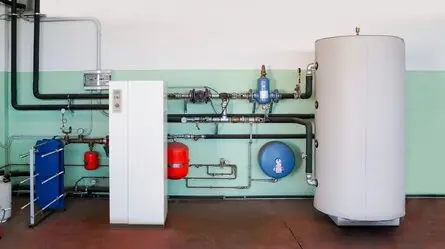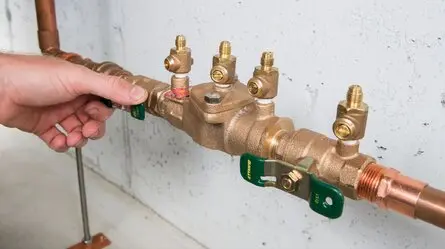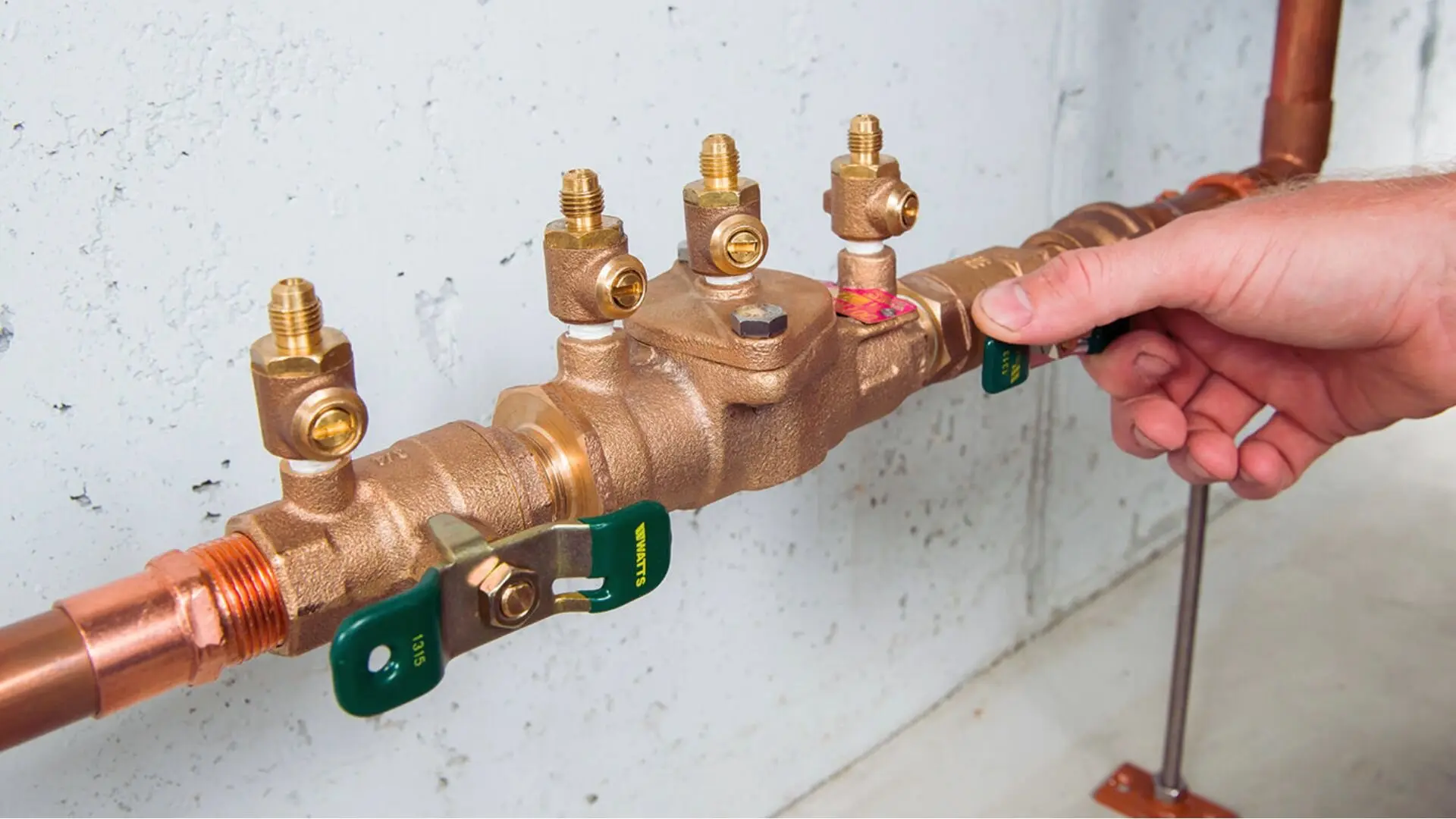
Your plumbing system is vital in maintaining a clean and healthy water supply for your home or business. However, hidden dangers can lurk within, posing potential risks to your water quality and overall well-being.
In today’s blog, we’re diving into the details of backflow, which is when contaminants sneak back into your water, posing serious risks. Understanding these dangers is the first step to protecting your water, and we’ll help guide you through it all.
Understanding Backflow and Its Dangers
Backflow is a plumbing phenomenon that poses significant risks to the safety and quality of your water supply. It occurs when the normal water flow in your plumbing system is reversed, allowing contaminants, pollutants, or even hazardous substances to enter the clean water supply.
This reversal can happen due to a drop in water pressure, a sudden change in water direction, or a backflow event caused by cross-connections between potable (clean) water and non-potable (contaminated) water sources.
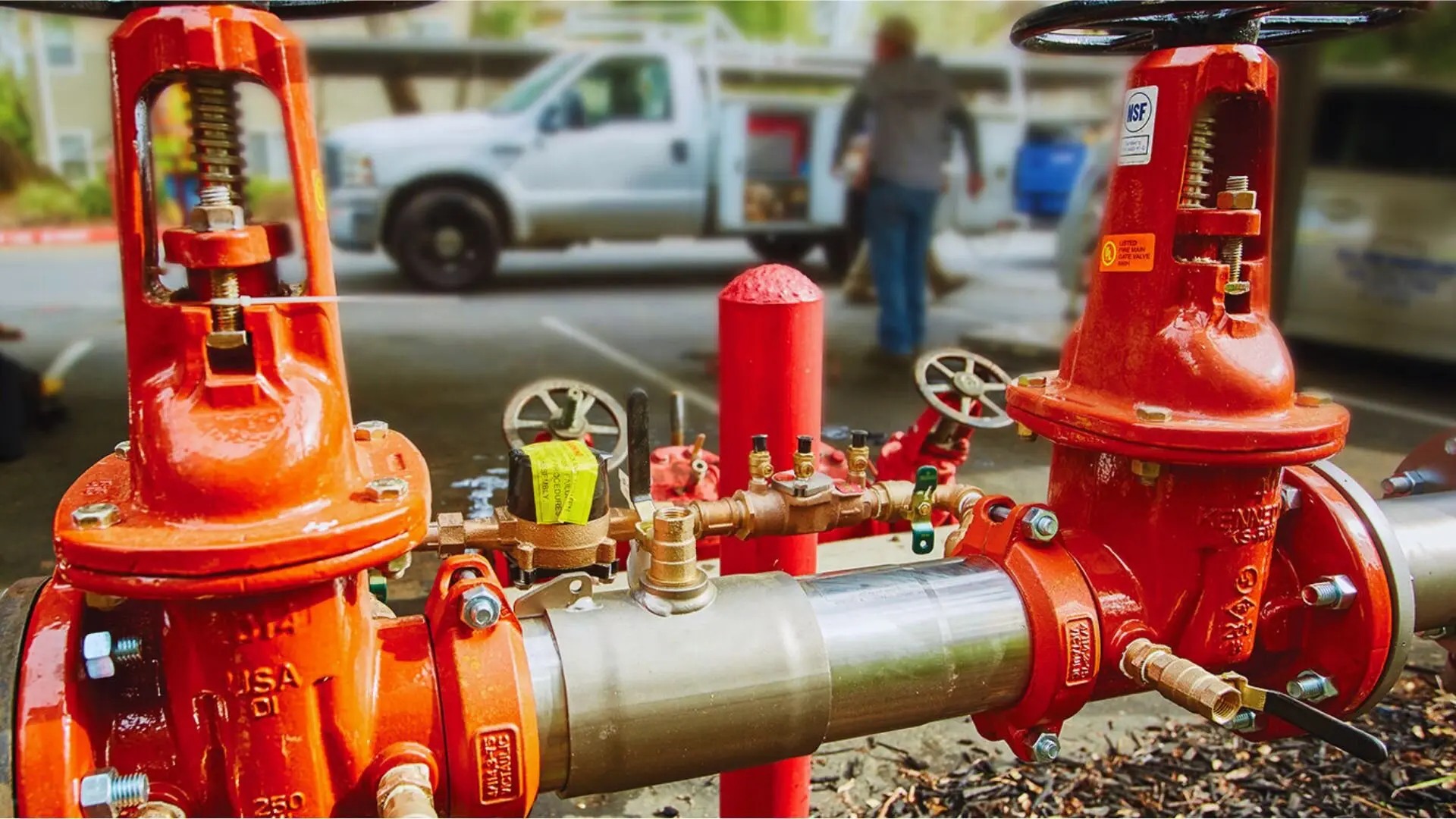
Don’t underestimate backflow—it’s a big deal. Contaminants like chemicals, bacteria, and even sewage can sneak into your water, affecting your health.
Using contaminated water for drinking, cooking, or even bathing can cause numerous health issues, ranging from tummy troubles to more severe illnesses.
Preventing backflow is crucial to maintaining a safe water supply. Various backflow prevention devices and systems are available to ensure that water only flows in the intended direction, preventing any cross-contamination between different water sources.
Recognising Signs of Backflow Issues
Identifying potential signs of backflow issues in your plumbing system is essential for maintaining the safety of your water supply. While some backflow events might be subtle, specific indicators can alert you to the presence of a problem. Here are some key signs to watch out for:
- Foul Odours—If you notice unusual or foul smells coming from your drains or faucets, it could indicate a backflow problem.
- Discoloured Water - This could indicate the presence of contaminants in the water supply.
- Inconsistent Water Pressure—Drastic changes in water pressure, such as sudden drops or surges, might indicate a backflow issue.
- Unexplained Illness - If you or your family members experience unexplained illnesses after using water from your taps, it could be due to contamination caused by backflow.
- Visible Leaks - If you have backflow prevention devices installed in your plumbing system, such as pressure vacuum breakers or backflow preventer valves, and you notice them constantly releasing water or exhibiting signs of leakage, it could indicate a malfunction.
- Unusual Taste - Any change in the taste of your tap water, such as a sudden metallic or chemical taste, should raise concerns about potential backflow issues.
- Cross-Connections - Identify instances where potable (clean) water lines might be connected to non-potable (contaminated) sources, such as irrigation systems or chemical lines.

Common Causes of Backflow
Backflow can occur due to various factors and situations within your plumbing system. Understanding the common causes of backflow is essential for preventing contamination and safeguarding your water supply. Here are some key reasons why backflow might happen:
Backsiphonage
Back siphonage occurs when negative pressure in the plumbing system causes water to flow in reverse. This can happen due to an unexpected drop in water pressure or the sudden closure of a water valve.
Backpressure
Backpressure happens when the pressure in non-potable water sources exceeds the pressure in the clean water supply. This can occur if a pump or pressure-generating equipment is connected to the plumbing system without proper backflow prevention measures.
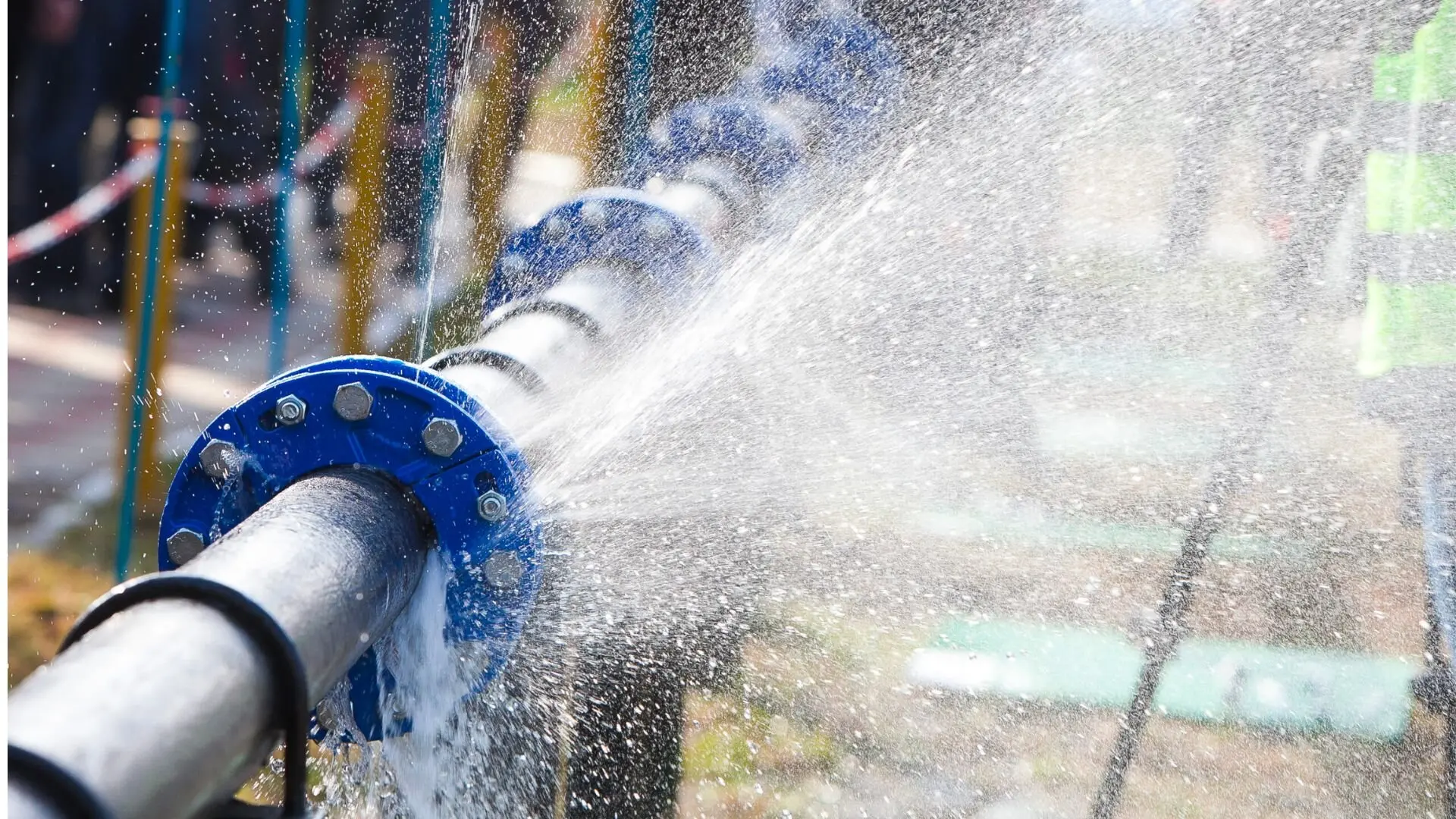
Malfunctioning Backflow Prevention Devices
Backflow prevention devices, such as valves and air gaps, can malfunction over time due to wear and tear, lack of maintenance, or improper installation. A faulty device can allow contaminants to enter the water supply.
Hydraulic Conditions
Certain hydraulic conditions, such as water hammer (rapid changes in water flow direction), can cause backflow by disrupting the normal flow of water in the plumbing system.
Temperature Changes
Drastic temperature changes in the plumbing system can create pressure imbalances that lead to backflow.
Preventive Measures for Backflow
To keep your water safe from backflow, it’s crucial to put the right preventive measures in place. Installing the right backflow prevention devices is one of the most important steps.
These devices, such as pressure vacuum breakers and backflow preventer valves, ensure that water flows only in the intended direction, preventing contaminants from entering the clean water supply. Regular inspections and maintenance of these devices are crucial to their proper functioning.
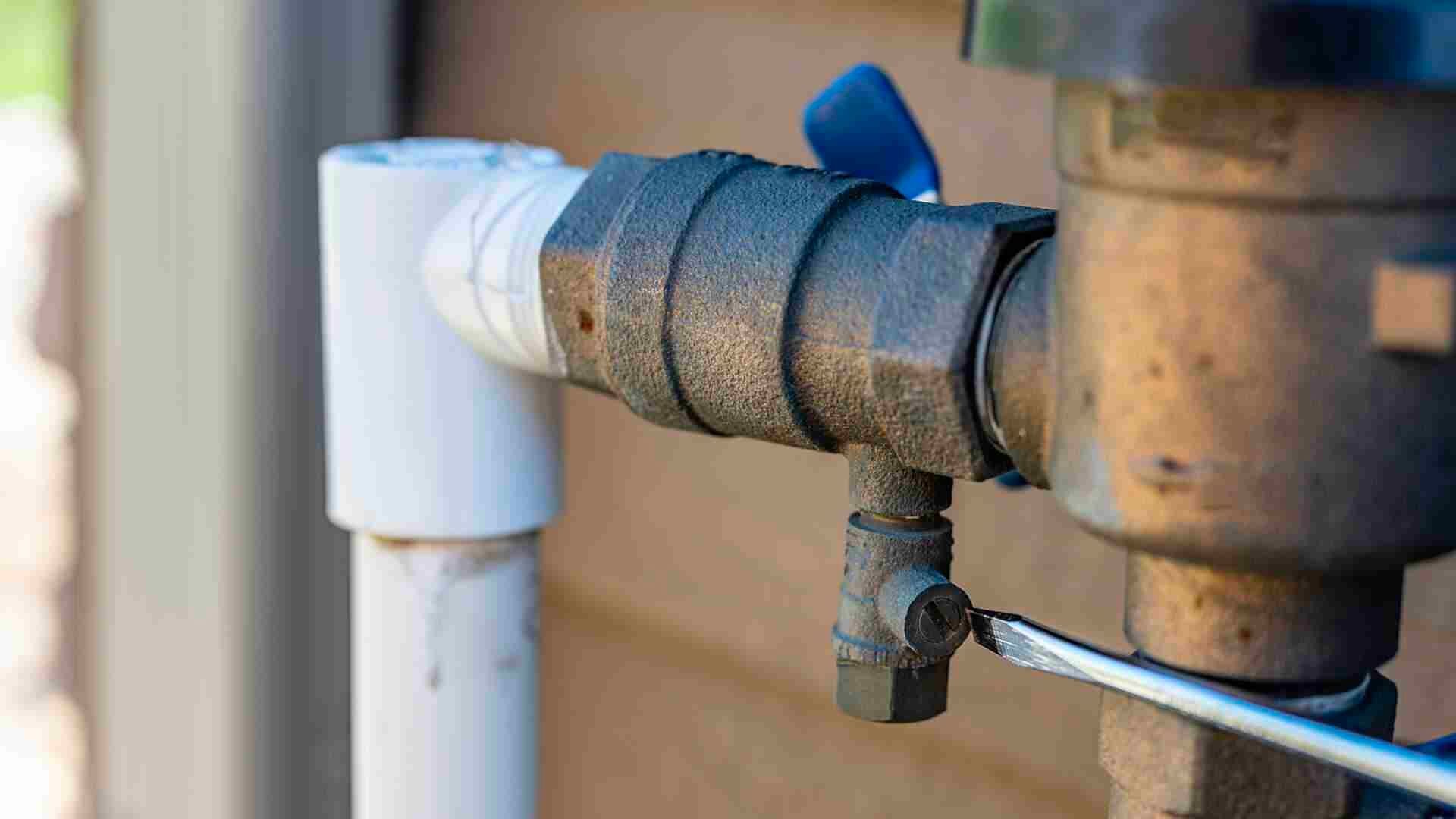
Creating and maintaining a clear separation between potable and non-potable water sources is essential. To avoid cross-connections, ensure that garden hoses, irrigation systems, and other non-potable water sources are only connected to your drinking water supply with the appropriate backflow prevention mechanisms in place.
Educating yourself and your household on backflow risks and preventive measures can also make a significant difference. Encourage responsible water usage practices and raise awareness about the potential dangers of cross-connections and the importance of maintaining backflow prevention devices.
When your plumbing system may be at risk of backflow due to fluctuations in water pressure, such as during water main repairs or firefighting activities, consider temporarily shutting off your water supply or using temporary backflow prevention devices.
Benefits of Professional Plumbing Services
Calling in professional plumbers offers a bunch of vital benefits when it comes to keeping your plumbing system secure and water supply clean. These experts have the know-how and tools to tackle backflow hazards head-on.
One key advantage is their ability to identify potential cross-connections and vulnerabilities within your plumbing network. By conducting thorough inspections, they can pinpoint areas where non-potable water sources might be inadvertently linked to your clean water supply.
Professional plumbers also install, maintain, and repair backflow prevention devices. They can assess your plumbing system’s specific requirements and recommend the most suitable prevention mechanisms, ensuring that your devices are correctly installed and functioning optimally. Regular maintenance schedules set up by professionals can extend the lifespan of these devices and maintain their reliability over time.
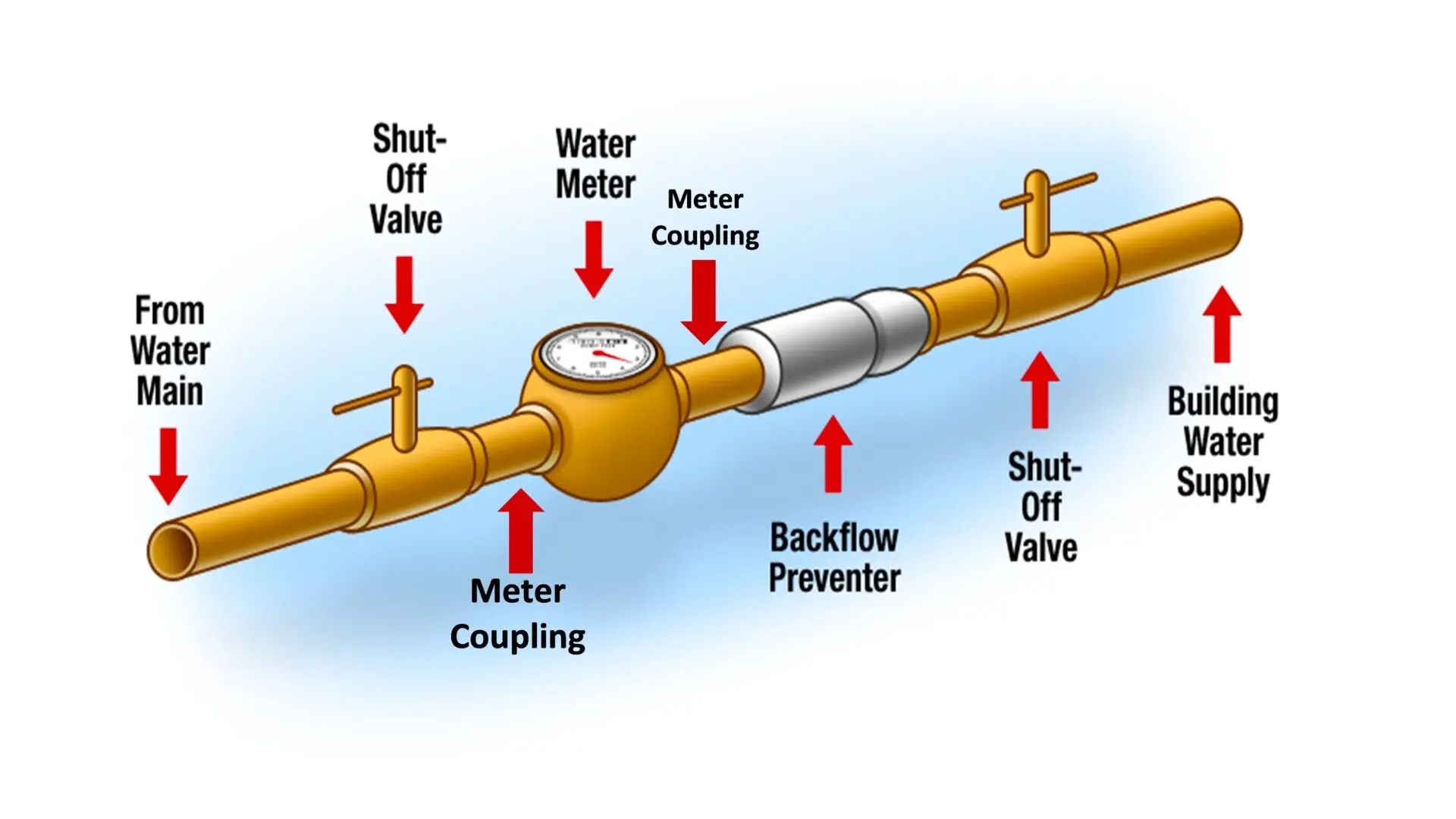
In addition, plumbing experts stay updated on the latest industry regulations and best practices. They can guide you through compliance with local plumbing codes, which may mandate installing certain backflow prevention systems in specific situations. This knowledge helps you avoid potential legal issues and fines.
In a backflow emergency or suspected contamination, professional plumbers can respond swiftly to assess the situation, mitigate risks, and restore the safety of your water supply. Their prompt action can prevent further damage and potential health hazards for you and your household.
Ultimately, the peace of mind that comes with entrusting your plumbing concerns to professionals is immeasurable. By relying on their expertise, you’re enhancing your water’s safety and quality and investing in your plumbing infrastructure’s long-term health.
Safeguarding Your Plumbing System from Hidden Risks
Understanding the intricacies of backflow hazards and identifying potential risks in your plumbing system is paramount to maintaining a safe and contaminant-free water supply. By recognising signs of backflow, understanding its causes, and implementing preventive measures, you can protect the well-being of your household or business.
At Woolf Plumbing, we’re dedicated to ensuring the safety and quality of your water supply. Our team of experienced professionals is well-equipped to assess, address, and prevent backflow issues in your plumbing system.
From installing advanced backflow prevention devices to conducting thorough inspections, we have the expertise to safeguard your water supply from potential contaminants. Your peace of mind is our priority.
If you have any concerns about backflow hazards or suspect a problem within your plumbing system, don’t hesitate to contact us. Our skilled plumbers are ready to provide personalised solutions tailored to your needs.
Together, we can ensure that your water remains clean, safe, and free from the risks associated with backflow. Reach out to Woolf Plumbing today to secure the future of your water supply.


